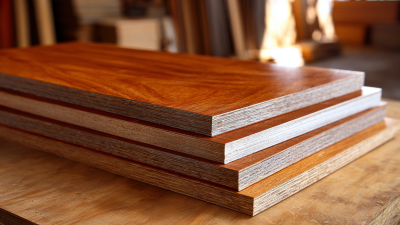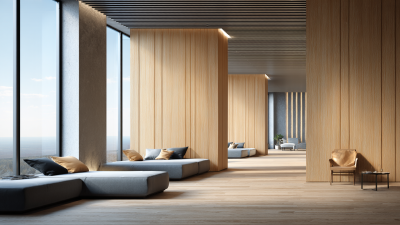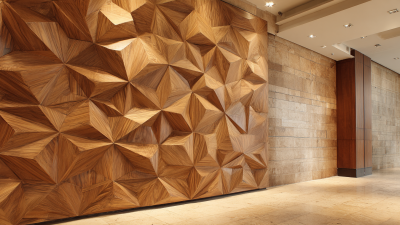Leave Your Message
In the pursuit of sustainable home design, the choice of materials plays a vital role in creating environmentally friendly spaces that do not compromise on aesthetics or functionality. One such innovative solution is the use of Indoor WPC Wall Panels, which combine wood and plastic composites to offer an array of benefits. These panels not only reduce the carbon footprint associated with traditional building materials but also enhance energy efficiency and insulation within the home. With their resistance to moisture, mold, and pests, Indoor WPC Wall Panels ensure a durable and low-maintenance option for homeowners. As the demand for sustainability in construction rises, exploring the myriad advantages of Indoor WPC Wall Panels can lead to a more eco-conscious approach to interior design, making them an essential consideration for those looking to create a greener future.
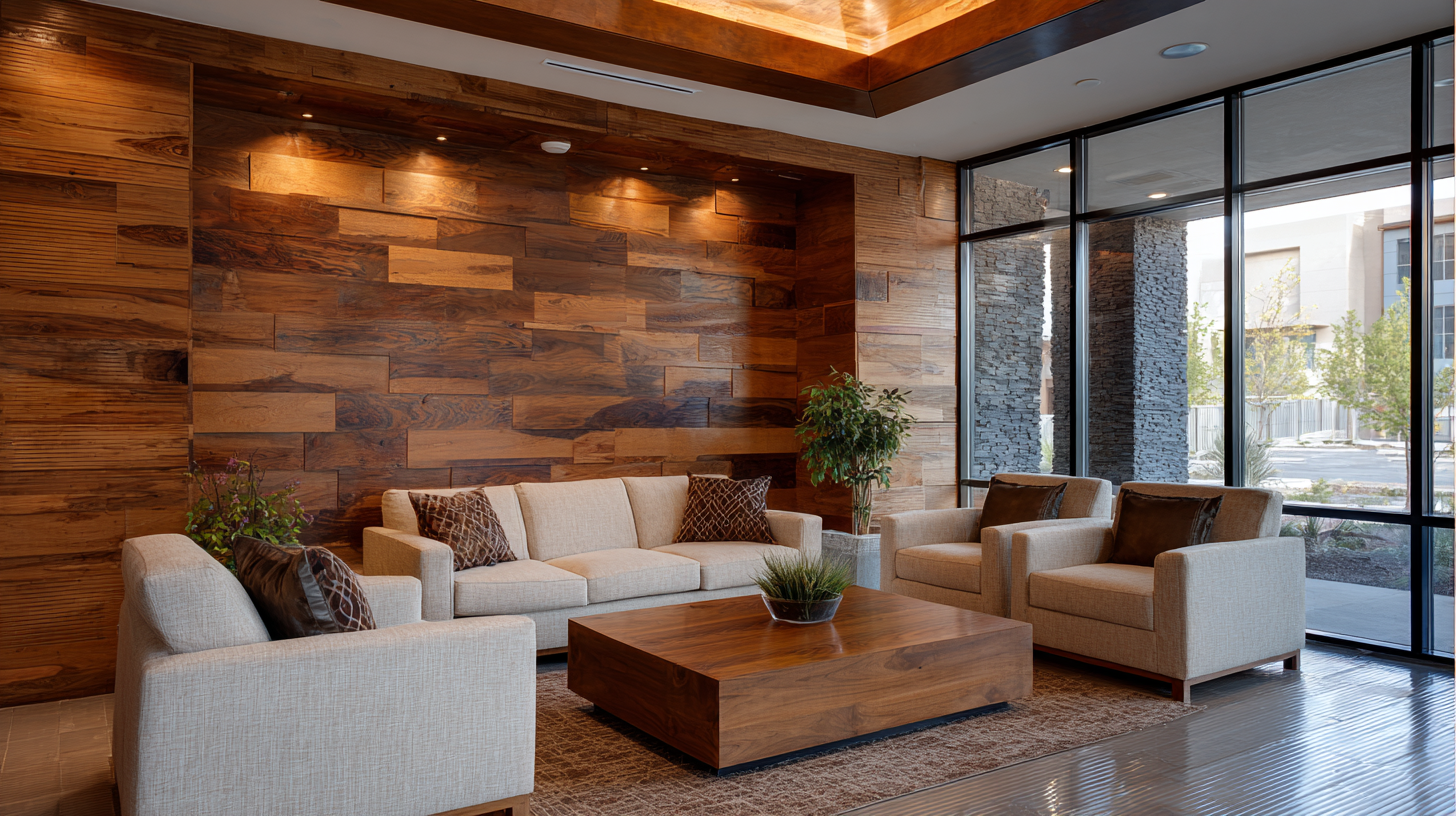
When selecting indoor WPC (wood-plastic composite) wall panels for your home design, it’s crucial to consider both aesthetic and functional aspects. WPC panels not only mimic the beauty of natural wood but also offer exceptional durability and resistance to moisture and pests. According to recent industry reports, WPC wall panels can enhance energy efficiency by providing insulation, reducing heating and cooling costs by up to 30%. This makes them an attractive option for homeowners aiming for sustainable designs.
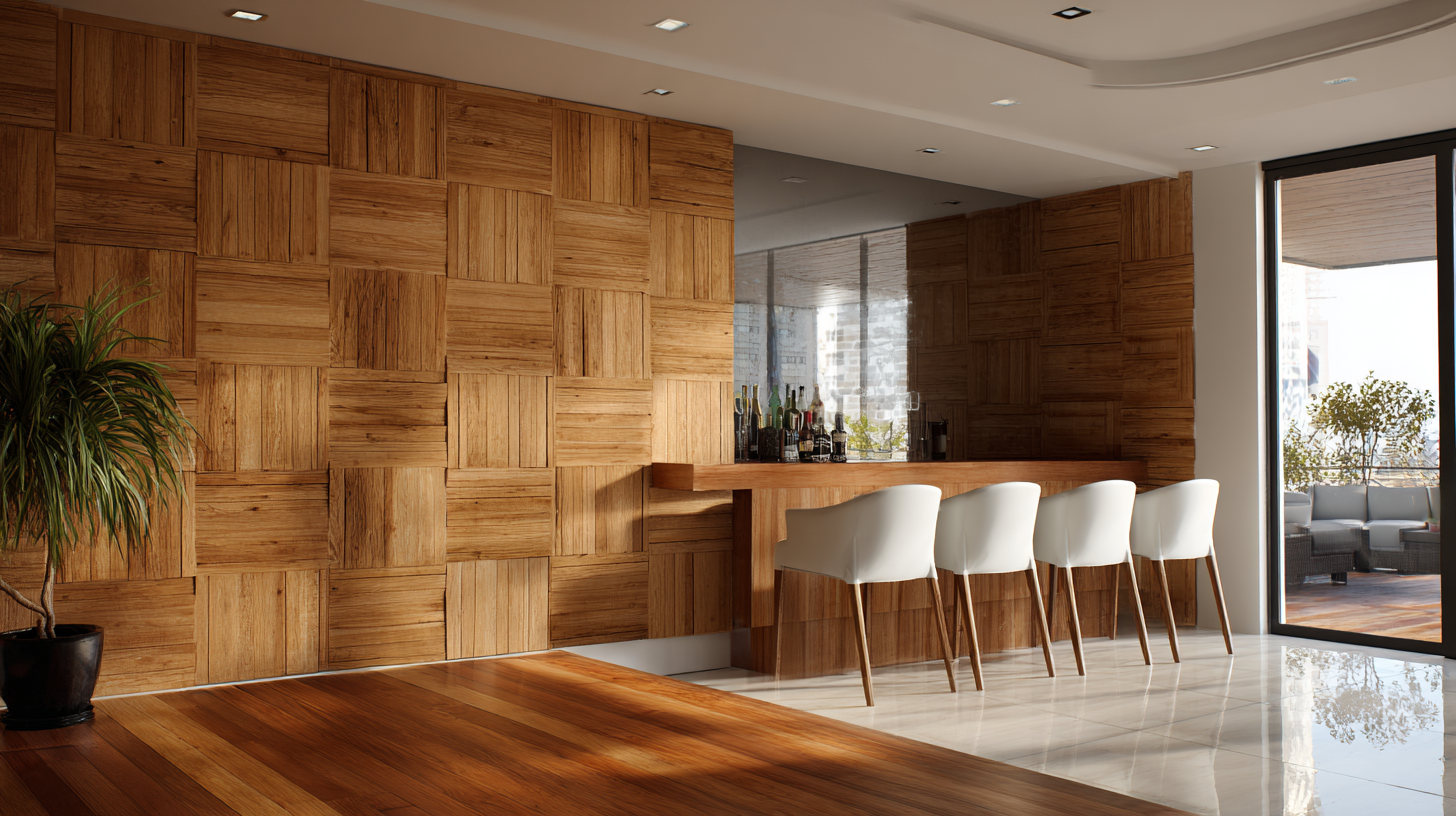
Furthermore, the versatility of WPC panels extends to their variety in styles and finishes. Whether you prefer a sleek modern look or a more rustic charm, there's likely a WPC panel that fits your vision. A study highlighted that over 70% of interior designers are turning to innovative wall designs as a means to transform spaces without major renovations. It’s important to consider the ease of installation and maintenance as well; most WPC panels are designed for quick installation, allowing homeowners to achieve their dream interiors with minimal hassle and upkeep.
WPC (Wood Plastic Composite) wall panels are increasingly recognized for their sustainability benefits, making them an excellent choice for eco-friendly home design. Proper installation of these panels is crucial to ensuring their longevity and performance. According to a recent industry report, WPC materials can last up to 25 years while significantly reducing environmental impact compared to traditional materials, due to their recyclable nature and low maintenance requirements.
To ensure maximum durability when installing WPC wall panels, it is essential to follow best practices. First, always acclimate the panels to the room’s temperature and humidity for 48 hours before installation to prevent warping. Use a proper adhesive that is compatible with WPC materials, as this will enhance the bond and reduce the risk of moisture infiltration. Additionally, maintaining adequate spacing between panels during installation allows for expansion and contraction with temperature changes, further enhancing the panel's lifespan.
**Tips:** Ensure to use stainless steel or galvanized fasteners to prevent rust and deterioration over time. Regular cleaning and inspections can also help maintain the aesthetic appeal and structural integrity of the WPC panels, prolonging their service life and sustainability impact.
| Aspect | Details |
|---|---|
| Material Composition | Wood Plastic Composite (WPC) made from recycled wood fibers and plastics. |
| Environmental Impact | Reduces deforestation and minimizes plastic waste by using recycled materials. |
| Durability | Highly resistant to moisture, termites, and warping compared to traditional wood panels. |
| Aesthetic Appeal | Available in various textures, colors, and finishes to match any interior design style. |
| Installation Process | Can be installed using traditional tools; recommended to use construction adhesive and screws for secure fastening. |
| Maintenance | Low maintenance; can be cleaned with soap and water without harsh chemicals. |
| Cost-Effectiveness | Competitive price point compared to high-end wood products with better longevity. |
Maintaining and caring for your indoor WPC (Wood Plastic Composite) wall panels is essential to ensure their longevity and aesthetic appeal.
Regular cleaning is a key part of this process. Use a soft cloth or a vacuum cleaner with a brush attachment to remove dust and dirt from the surface. For deeper cleaning, a mixture of mild soap and warm water can be applied with a sponge, followed by rinsing with clean water. It is important to avoid harsh chemicals or abrasive materials, as they can damage the panels.
Additionally, inspecting your WPC wall panels periodically will help identify any signs of wear or damage early on. Look for cracks, stains, or any areas where the panels may have lost their protective finish. If you find any issues, prompt repairs can often be made with suitable fillers or touch-up paints designed for WPC materials.
To maximize the lifespan of your panels, it's also advisable to maintain a stable indoor environment, avoiding excessive moisture or direct sunlight, which can lead to warping or fading. Through these simple maintenance practices, your indoor WPC wall panels can remain a beautiful and sustainable feature in your home for years to come.
Incorporating WPC (Wood Plastic Composite) wall panels into various interior design styles not only enhances aesthetic appeal but also promotes sustainability. WPC wall panels are engineered from a blend of recycled wood fibers and thermoplastics, making them an eco-friendly alternative to traditional materials. According to a report by Grand View Research, the global WPC market is projected to reach $9.5 billion by 2027, indicating a growing shift towards sustainable building materials in interior design.
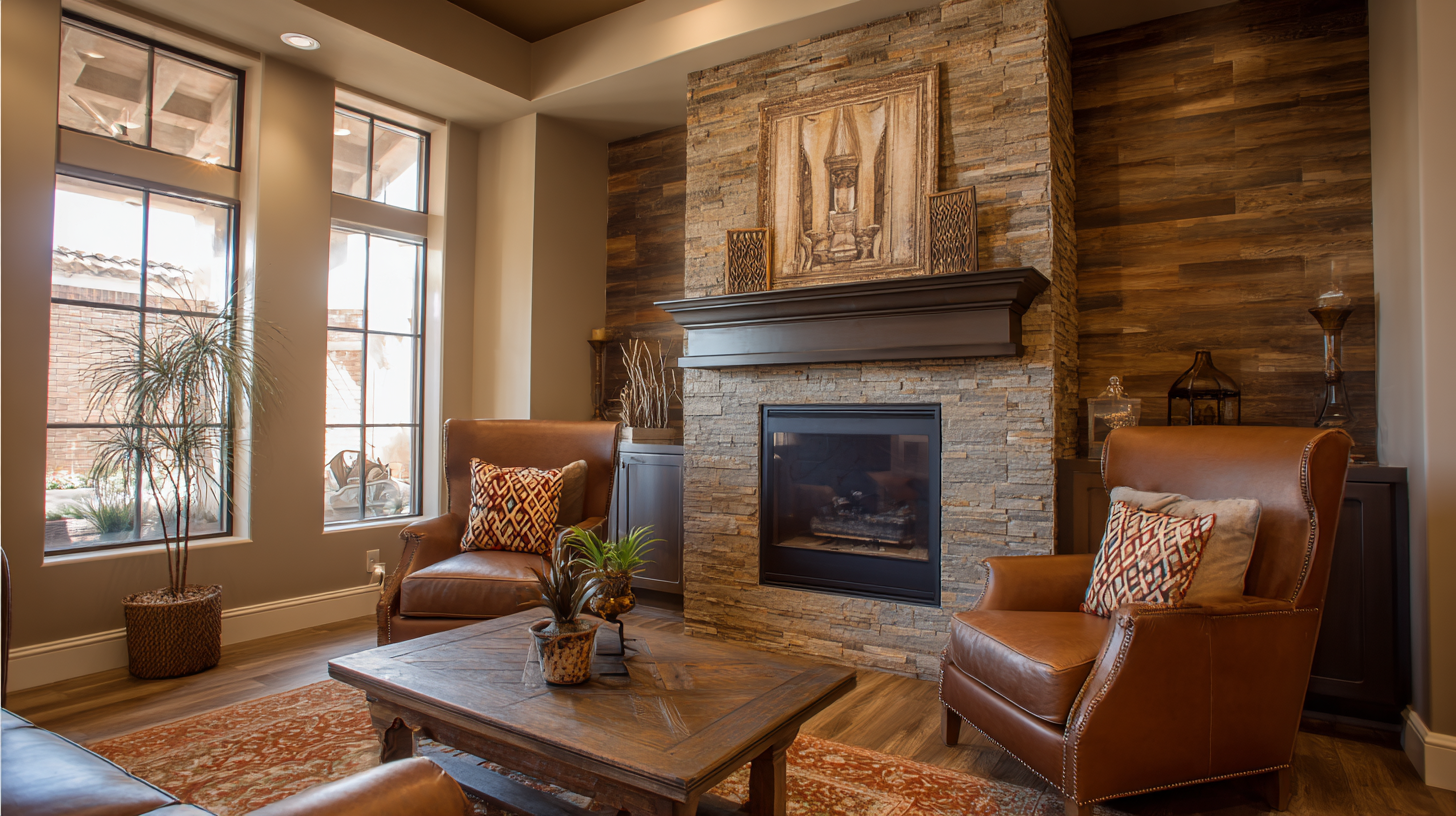
WPC wall panels are versatile, complementing a range of design styles from modern minimalism to rustic charm. In contemporary spaces, sleek, smooth-finish panels can create a seamless, sophisticated look, while in a farmhouse setting, textured or wood-grain finishes can provide a warm, inviting atmosphere. A study by MarketsandMarkets highlights that 80% of homeowners prefer sustainable materials, particularly when they can marry environmental responsibility with style. By strategically using WPC panels, designers can create focal points or accent walls that not only serve a visual purpose but also contribute to a more sustainable home environment.
Indoor air quality is a pivotal concern in sustainable home design, and using Wood Plastic Composite (WPC) wall panels can significantly enhance it. These panels are designed to be eco-friendly, utilizing recycled materials that reduce indoor pollutants. Unlike traditional wall materials that often emit volatile organic compounds (VOCs), WPC wall panels are engineered to minimize such emissions, contributing to a healthier living environment. This is particularly important in tightly sealed modern homes, where adequate ventilation may be limited.
Additionally, the growing trend towards energy-autonomous technology highlights the integration of sustainable materials in daily structures, such as public toilets and residential areas. WPC wall panels can play a vital role in supporting energy-efficient designs, combining durability with aesthetic appeal. As they require less maintenance and have a longer lifespan than conventional materials, their adoption in home interiors can lead to significant long-term benefits. By choosing WPC wall panels, homeowners not only invest in beautiful spaces but also contribute to improved air quality, which is central to sustainable living.

